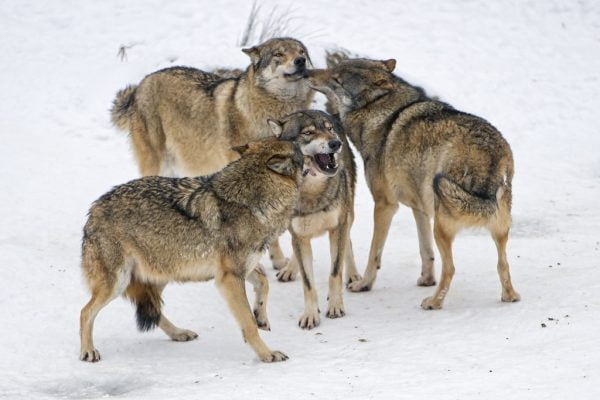Rhinoceroses, with their imposing size, thick armor, and distinctive horns, have captivated the human imagination for centuries. Beyond their physical grandeur, these fascinating creatures exhibit complex social behaviors and play a vital role in maintaining the health of grassland ecosystems. Delving into the diverse collective nouns used to describe groups of rhinoceroses offers a glimpse into their social dynamics, ecological significance, and the challenges they face in our changing world.
Collective Nouns for Rhinoceroses
While “crash” might be the most commonly used term for a large group of rhinoceroses, highlighting their powerful movement and potential impact, other terms paint a more nuanced picture depending on the context:
- Crash: This term evokes a sense of immense power, momentum, and potential danger. It signifies a large group of rhinoceroses running together, often in response to a perceived threat or seeking new grazing grounds. The image it creates is one of a powerful force moving across the landscape, showcasing its impressive size and strength.
Example: As the storm clouds gathered on the horizon, a crash of rhinoceroses stampeded across the plains, their thunderous steps echoing through the grasslands, highlighting their powerful movement and potential for rapid escape.
- Herd: This term, typically associated with various grazing animals, signifies a group of rhinoceroses living together in a single area. The image it creates is one of a group of rhinoceroses grazing peacefully, often comprised of mothers and their young, showcasing their social bonds and dependence on each other.
Example: Bathed in the golden light of sunrise, a herd of rhinoceroses grazed peacefully in the distance, their movements synchronized and their calves nestled close to their mothers, highlighting their social structure and reliance on each other.
- Parade: This term, often associated with a formal procession, signifies a group of rhinoceroses walking in a single file. The image it creates is one of a group of rhinoceroses following a specific path, often led by a dominant individual, showcasing their sense of order and potential communication within the group.
Example: Emerging from the dense thicket, a parade of rhinoceroses marched single file along the watering hole, their impressive horns held high, highlighting their hierarchical structure and potential communication within the group.
- Tower: This term, typically associated with tall structures, signifies a group of rhinoceroses standing together in a close formation. The image it creates is one of a group of rhinoceroses standing close together, often with their horns raised, showcasing their defensive posture and potential threat display.
Example: Alerted by the unfamiliar sound of approaching vehicles, a tower of rhinoceroses formed at the edge of the watering hole, their imposing presence and raised horns conveying a sense of caution and potential threat display.
Key Facts About Rhinoceroses
Understanding these diverse terms goes beyond mere vocabulary; it allows us to appreciate the intricate world of rhinoceroses and their vital role in our ecosystems:
Grassland Architects: Rhinoceroses, through their grazing behavior, contribute to maintaining healthy grasslands. They select specific grasses, promoting their growth and preventing the dominance of woody plants, fostering a diverse and balanced ecosystem.
Ambassadors of Resilience: Despite their size and strength, rhinoceroses face numerous threats due to habitat loss, poaching for their horns, and human-wildlife conflict. By protecting their habitats, promoting sustainable practices, and advocating for anti-poaching measures, we can ensure the continued survival of these remarkable creatures.
Understanding their Social Dynamics: While often portrayed as solitary animals, rhinoceroses exhibit complex social behaviors. Mothers form strong bonds with their calves, and dominant individuals play a vital role in leading and protecting the herd, showcasing their social structure and dependence on each other.
Final Thoughts
From the “crash” signifying their powerful movement to the “herd” highlighting their social bonds, and the “parade” showcasing their potential communication, the diverse collective nouns for rhinoceroses offer a glimpse into their multifaceted lives and enduring presence in our world. By appreciating these terms, understanding their intricate social dynamics and ecological significance, and acknowledging the challenges they face, we can strive to create a future where these giants continue to inspire us with their resilience, ecological role, and captivating presence.
Also Read:






One thought on “What is a Group of Rhinoceroses Called? Collective Nouns”